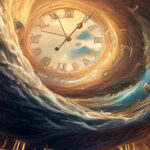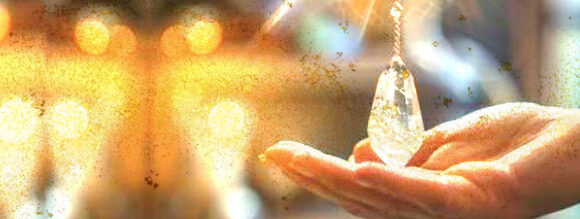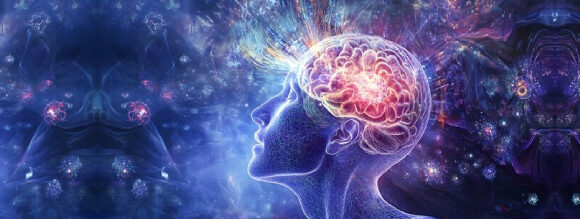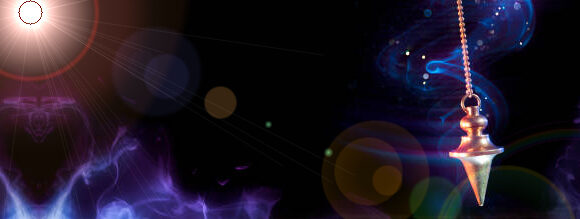In the modern age of personal growth and spiritual awakening, a timeless set of tools has reemerged with profound relevance: mythological archetypes. Found in the rich narratives of ancient myth, the symbolic language of tarot, and the deep psyche work of Jungian psychology, archetypes are more than just stories or characters—they are universal patterns of human experience.
From the Hero’s Journey to the High Priestess, the Wounded Healer, or the Shadow, these archetypes serve as powerful mirrors for understanding the soul’s evolution. Whether used in therapy, divination, or spiritual practice, archetypes offer a metaphysical map for transformation, helping us navigate the terrain of the inner world with clarity, courage, and purpose.
What Are Archetypes?
In essence, archetypes are primordial symbols that represent fundamental aspects of the human psyche. They appear in myths, dreams, fairy tales, and across all cultures—because they arise from the collective unconscious, a term coined by Carl Jung.
Jung described archetypes as the inherited psychic structures that shape how we perceive and relate to the world. They are inner blueprints—like the Mother, the Warrior, the Sage, or the Trickster—that we unconsciously project onto people, experiences, and even ourselves.
But archetypes aren’t just psychological patterns. They also carry deep spiritual and metaphysical significance. They are energetic templates, vibrational signatures that, when consciously engaged, can catalyse transformation and self-realization.
The Soul’s Journey Through Archetypes
Much like the stages in Joseph Campbell’s Hero’s Journey, the soul’s evolution can be viewed as a progression through archetypal roles. From the Innocent to the Seeker, the Rebel to the Magician, each archetype offers specific lessons, challenges, and gifts.
Here’s a look at some key archetypes and how they relate to personal transformation:
- The Fool (Tarot & Myth)
The Fool represents new beginnings, innocence, and the leap of faith. It’s the soul before experience—wide-eyed and open to possibility. Embracing the Fool archetype allows us to step into the unknown, guided by intuition rather than logic.
- The Shadow (Jung)
The Shadow embodies the repressed or denied parts of the self—our fears, traumas, and taboo desires. While often seen as negative, integrating the Shadow leads to wholeness. Shadow work is central to transformation, revealing the gold hidden in our darkness.
- The Hero
The Hero symbolizes the will to grow, overcome adversity, and actualize potential. Whether climbing mountains or facing inner demons, the Hero must journey inward and outward, discovering that the true battle is often within.
- The High Priestess (Tarot)
This archetype channels intuition, mystery, and divine feminine wisdom. She holds the keys to the subconscious and the unseen realms. Working with the High Priestess helps us trust inner guidance and tap into esoteric knowledge.
- The Alchemist (Hermeticism & Jung)
The Alchemist transforms base matter into gold—symbolically turning suffering into wisdom. This is the archetype of the spiritual seeker who refines their consciousness through experience, seeking enlightenment.
- The Wounded Healer (Chiron)
Drawn from myth and astrology, this archetype teaches that our greatest pain often becomes our greatest gift. By embracing our wounds, we gain the power to heal others and ourselves.
Archetypes as Metaphysical Tools
What makes archetypes so transformative is their ability to bypass the analytical mind and speak directly to the soul. Whether you’re pulling a tarot card, exploring your birth chart, or working with a therapist trained in Jungian techniques, archetypes provide structure to the often chaotic process of inner change.
Here’s how they can be consciously used as tools for transformation:
- Tarot & Oracle Cards: Each card is a living archetype. Drawing cards in meditation or ritual can reveal the energies at play in your life and what your soul is seeking to learn.
- Dream Work: Jung believed that dream figures are often expressions of archetypes. By journaling and analysing your dreams, you can uncover hidden aspects of your psyche asking to be integrated.
- Myth Exploration: Reading ancient myths through a symbolic lens allows you to identify with the characters and stages of their journeys. You may see your own life mirrored in the trials of Persephone, Odysseus, or Inanna.
- Active Imagination: A Jungian technique that involves dialoguing with archetypal figures in meditation. This can lead to profound insights and internal shifts.
- Astrology & Archetypal Mapping: Planets and signs carry archetypal energy. Exploring your chart through this lens can clarify your core soul lessons and evolutionary trajectory.
Why Archetypes Matter Now
We are living through a time of accelerated transformation—both personally and collectively. Old paradigms are collapsing, identities are being questioned, and souls are waking up. In such times, archetypes serve as sacred anchors.
They help us make meaning out of chaos, offering context for suffering, purpose to the unknown, and structure to spiritual awakening. Archetypes don’t tell us who we are—they reflect what’s possible.
They also remind us that we are never alone on our path. Every archetype we meet—internally or externally—is a guide, a teacher, a mirror of our own potential.
Conclusion
Mythological archetypes are far more than ancient relics or psychological theories—they are living forces within us, calling us to awaken. They offer a profound roadmap for inner alchemy and personal transformation, one that honours both our humanity and divinity.
As you walk your own journey, consider which archetypes are active in your life. What roles are you playing? What patterns keep repeating? And what might happen if you fully embraced your inner Sage, Warrior, Lover, or Mystic?
Transformation is not a destination—it’s a mythic path. And the archetypes are your companions along the way.








